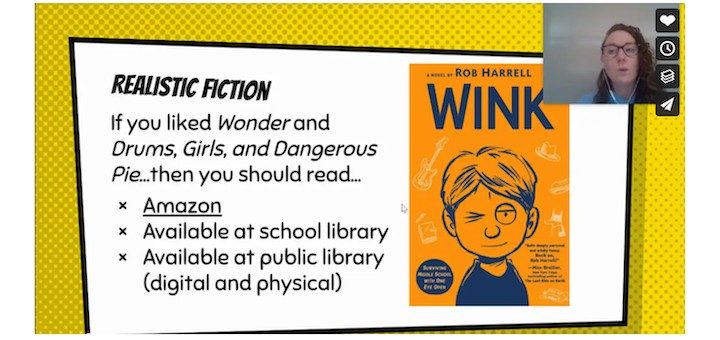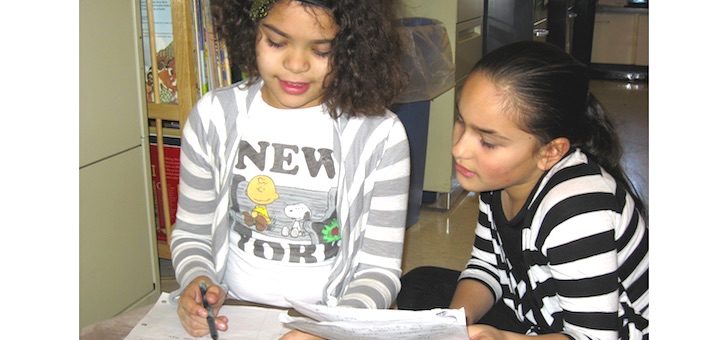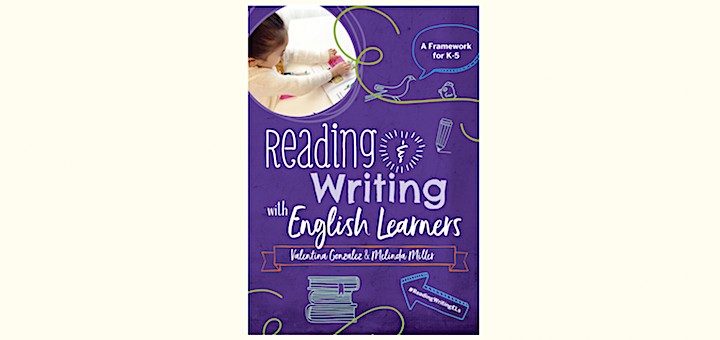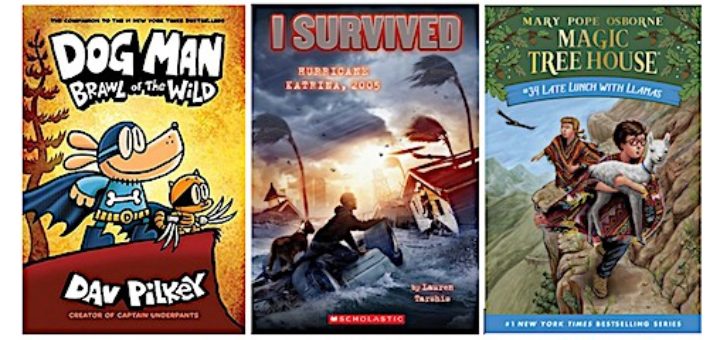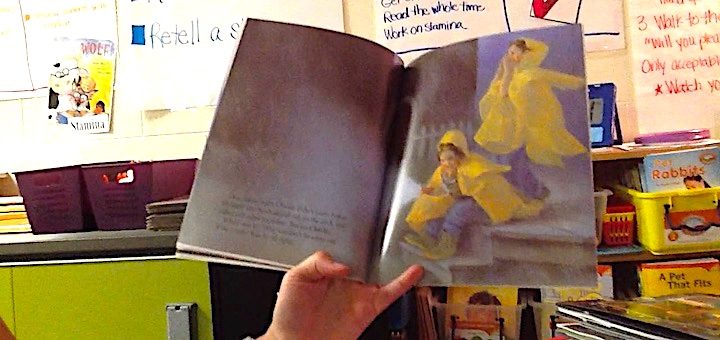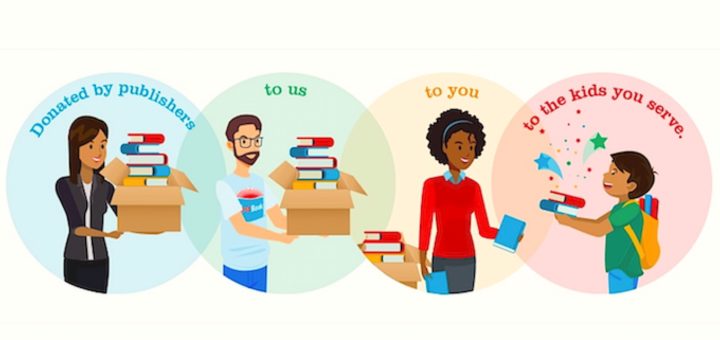Teaching Students When to Abandon a Book
Students choose books with different purposes in mind and learning how to make good choices is an important life skill. But what about making the choice to abandon a book? Lynne Dorfman has teaching tips to share with readers when a book just doesn’t spark their interest.


